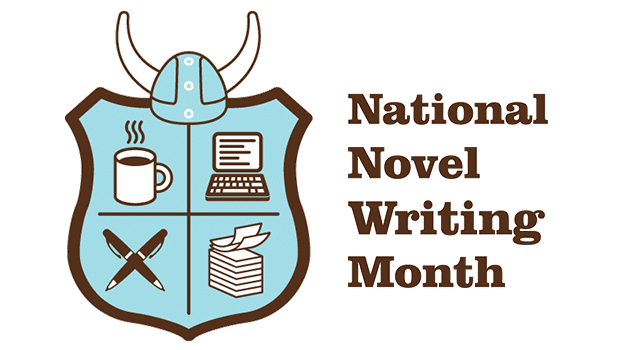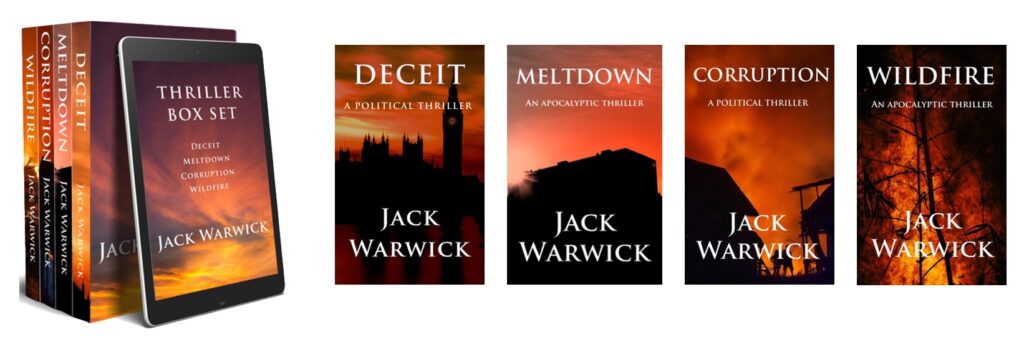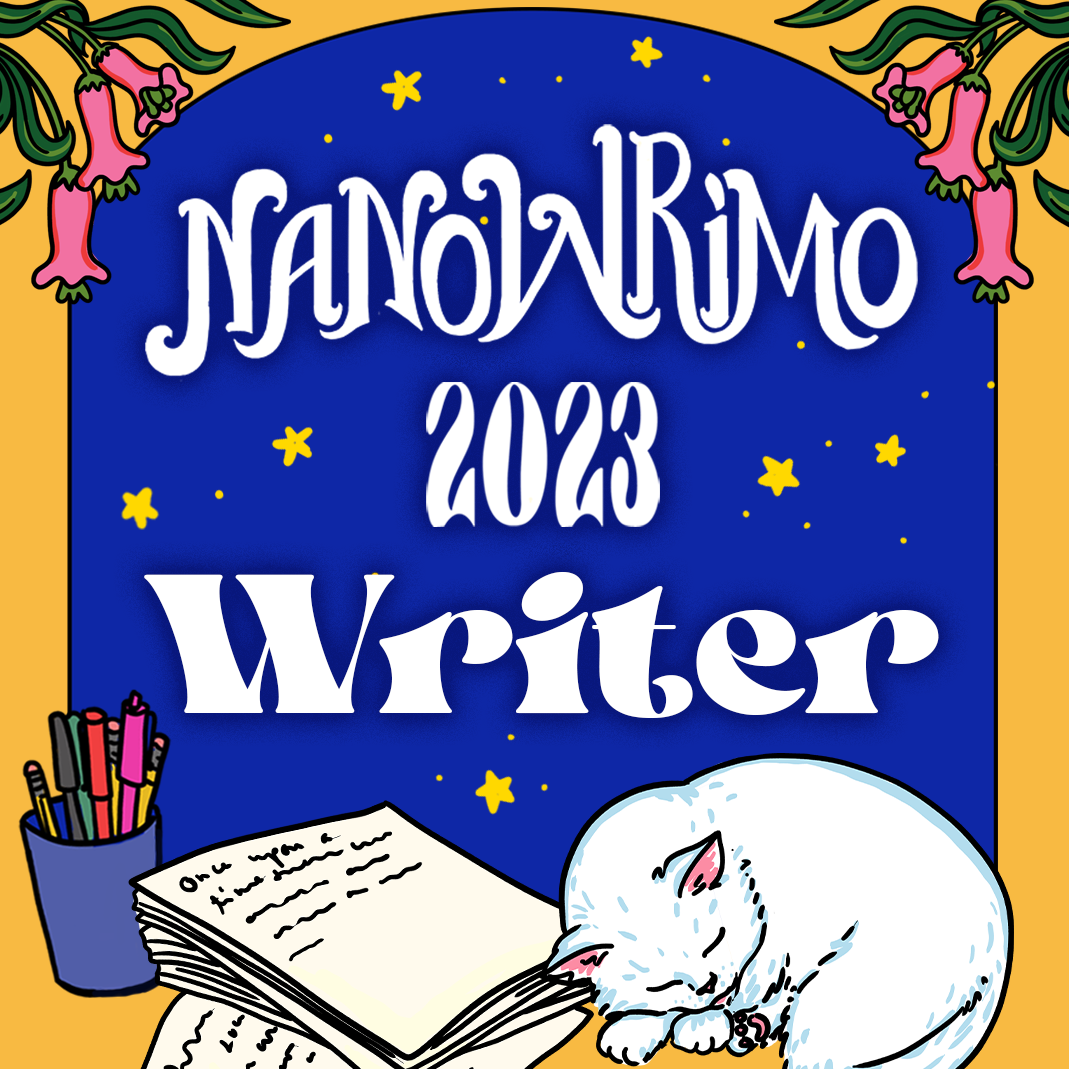NaNoWriMo, or National Novel Writing Month, comes around at the end of October each year. From a local challenge in San Francisco in 1999, with just 21 participants, it has grown to a global event, with hundreds of thousands of writers joining each year.

As you might expect, with a name like National Novel Writing Month, the idea is to write “a novel” in a single month – the 30 days of November. The actual size of the “novel” is determined as 50,000 words, which means participants need to write an average of 1,667 words per day to be successful in the challenge.
I first heard about this challenge in 2003, and it sounded like fun, so I signed up. And I “won” – the prize being a downloadable certificate and the self-satisfaction of having written a whole bunch of words in a single month.
Was what I’d written a novel? Not a chance. It was a very rough draft of something considerably smaller than what might be considered a novel – a novella, perhaps. But also, the quality of the work suffered due to the speed with which it had been written. There is no time to edit-on-the-go. Sometimes, words are added which don’t fit well within the novel plan. Occasionally, you spend a session writing, knowing that at some point in the future, all of it will be deleted. Such is the nature of writing where speed takes precedence over quality.
However, this is NaNoWriMo. I can be used as a chance to experiment with a piece of work outside your genre. You can write a multiple of shorter pieces – thereby becoming a “rebel”. But it gives you an opportunity to spend a month focussing on writing, and giving yourself permission to making writing a priority in your busy life.
After November 2003, I couldn’t face editing the ‘thing’ I’d produced, so I set it aside. And the following year, I signed up again. When again, I wrote 50,000 words which didn’t inspire me to edit and complete the work.
And thus started a weird obsession with creating pieces of fiction to be ‘set aside’ until some point in the future when I’d feel empowered to pick them up and beat them into some sort of shape.
Each year.
In 2006, I was very busy and had no plan for my “novel”. I was to become a “pantser” – a writer who creates by the seat of their pants, rather than a “plotter” – a writer who thinks and plans ahead. In 2006, I was unable to complete the 50,000 words. It was a lesson.
In 2008, I was moving house in the middle of November, so wisely decided not to sign up.
But every other year since 2003, I logged into my account on https://nanowrimo.org/ and made the commitment. And every year, I succeeded. I “won”.
So I arrive now, at the end of October, with 19 attempts, 18 successes, and a new “novel” to write.
Postscript
You may be asking yourselves what happened to those 18 successfully-produced “novels”. Well, nothing you produce should be thrown away. They have remained, on various computers and external hard disks. And I have added more unfinished, part-finished and pieces of novels. Until I had, in early 2018, 37 (yes, THIRTY-SEVEN) pieces of long-form fiction writing, amounting to over a million words. They hadn’t deteriorated, they didn’t get mouldy (neither did they improve, alas), but they were just sitting, unused and unloved.
In 2010, I published a book for a friend, using this new-fangled thing called “Self-Publishing”. It was great. I published one, then another, collections of short and micro fiction I had written. I had also written a number of non-fiction books on writing and self-publishing. So I had an outlet for my work, if only I could do something with them.
Fortunately, in early 2018, my writing group had organised a “retreat” – a few days, away from families, in order to concentrate on writing and talking about writing. I asked if I could have an hour of the other members’ time, because I wanted them to help me find what I could do with 37 Works-In-Progress.
Bless them, they came through for me. They sifted through the summaries I had written, collecting and collating, and presented me with a conclusion: “Take whichever of these themes you’ve written, the one you feel most passionate about, and rewrite them, edit them, FINISH THEM!
In December 2019, I published DECEIT, my first political thriller. In early February 2020, I published my second novel, MELTDOWN. My third came to life at the end of February 2020 (yes, the same month) with the title CORRUPTION. My fourth thriller, WILDFIRE, saw the light of day in May 2020. All are listed on my website at https://gerald-hornsby.com/fiction-books/ and all are written under my pseudonym, Jack Warwick.

Between December 2020 and June 2021, I published three more novel, this time in the cozy crime genre.

The point being: each of these seven novels are based wholly, or partly, on the work that I’d produced during the various NaNoWriMo challenges since 2003.
I have written a book about the NaNoWriMo challenge, updated recently: https://gerald-hornsby.com/nanowrimo-2020/
It gives some advice, hints and tips that I have used and I have heard other people use over the years. It might help you on your challenge journey.
In the next blog post, I shall begin detailing my planning procedure, following the process detailed in my book The Efficient Novelist: https://gerald-hornsby.com/the-efficient-novelist/
